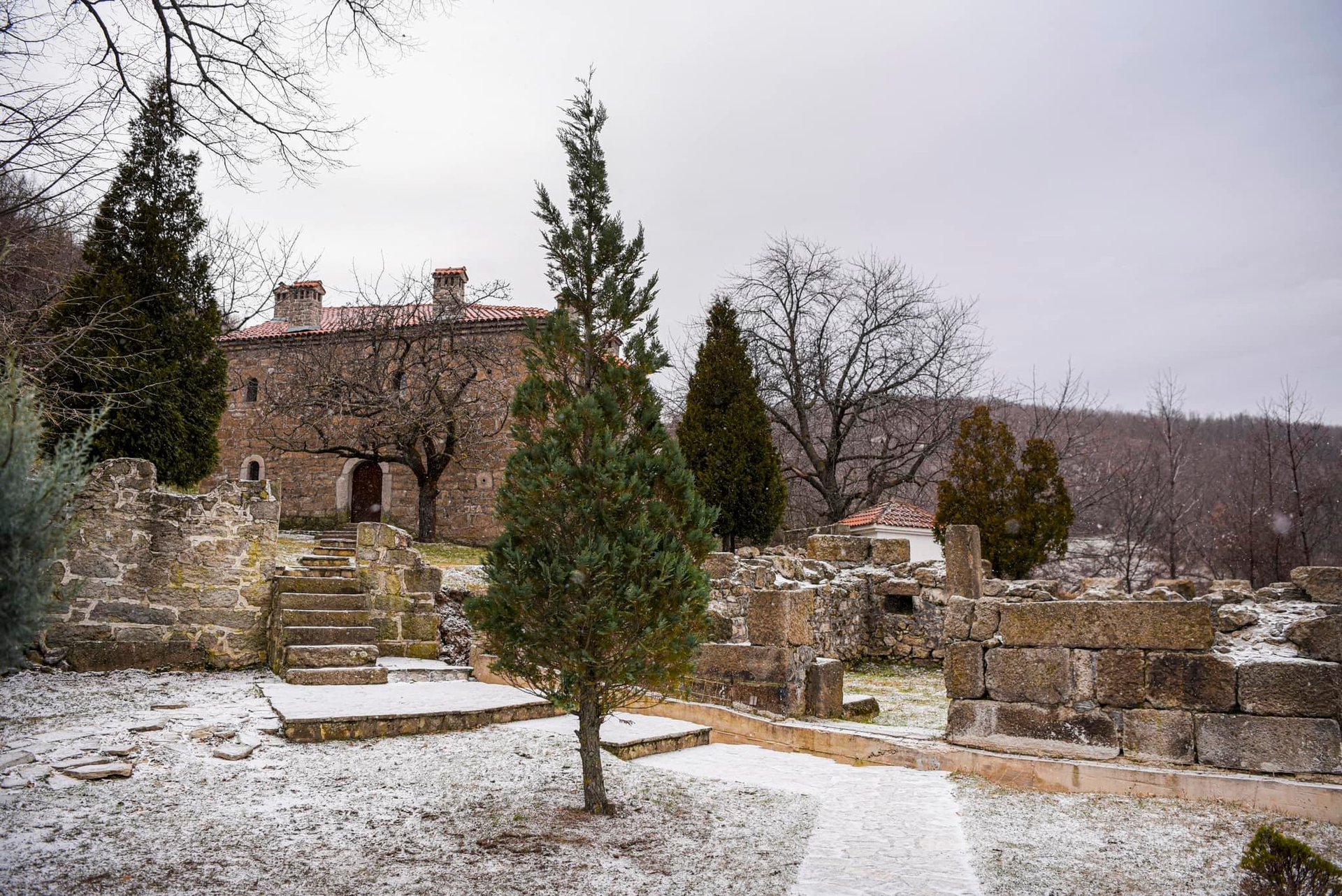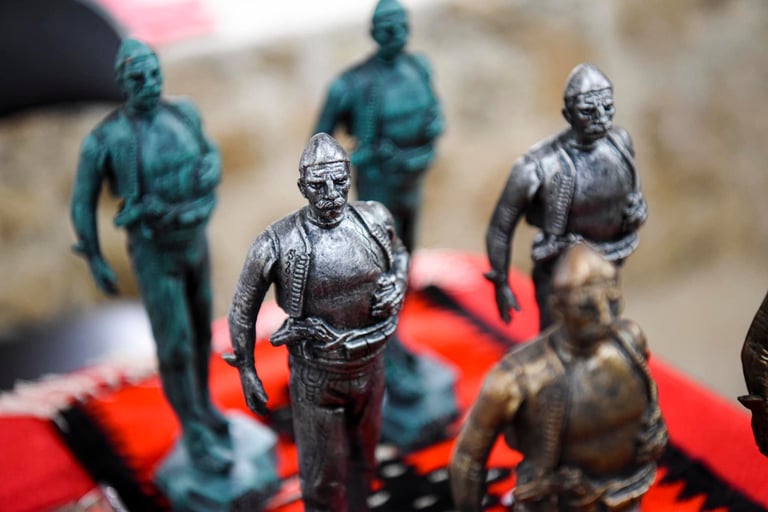
THE TOWER COMPLEX
OF ISA BOLETINI


Dating (Relative): 19th Century
Historical Period(s): Modern




The Boletin Towers Complex is located in the village of Boletin, Zveçan Municipality. The fortified family residence of the Boletins - the towers were built at the end of the 19th century by Albanian folk craftsmen with local materials. In addition to its architectural values, the complex still preserves historical, aesthetic, scientific and social values today.
In the courtyard of the complex, surrounded by a wall made of carved stones, are the Towers of Isa Boletin, a prominent historical figure of the late 19th, 20th and today. The tower, known as the "Men's Chamber", was intended for assembly and hospitality, while the "House of Fire" was intended for family members. The towers have a square base, with walls made of massive stones, originating from "Majdan", a rocky hill that was the property of the Boletins. Among other things, millstones were also made from the stones of Majdan.
The men's chamber, which was destroyed between World Wars I and II, and the "Fire House" tower were conserved and restored during 2003-2004. Today, the tower complex functions as a museum, presenting the cultural and historical values of the prominent figure of Isa Boletini.





HISTORICAL VALUES


The Tower Complex in a relatively long time, expresses historical continuity, namely testifies to the existence of the settlement. The tower complex with the entirety of materials, volumetric and functional architectural composition, as a typical representative of the constructions, settlement - fortification, presents the culture and way of life during the periods of the 19th and 20th centuries.
The Boletini family was a well-known door in the tribe and the region, among other things also for political traditions. Isa Boletini, as an organizer and leader, was a national figure, patriot and prominent Albanian fighter at the end of the 19th century and the beginning of the 20th century. This prominent national figure as an actor of important historical revolutionary activities and events, of national liberation and unification as well as other political movements.

ARCHITECTURAL VALUES
The tower complex of Isa Boletini represents a rural residential building of the tower type of the new era (19th century), and is a monument in a residential community, with a museum function (without status). The tower complex with the entirety of materials and volumetric and functional-architectural composition, as a typical representative of the constructions, settlement-fortification, presents the culture and way of life during the periods of the 19th and 20th centuries.
Elements that contribute to aesthetic-artistic values:
Quality of workmanship - craftsmanship
Quality of material (massive carved stones, wood, etc.)
Proportions (windows, doors)
Composition (square-shaped plan, volumetric and functional-architectural composition of the tower)
Value of detail - details (massive carved stones, chimneys, stairs, wooden pillars, shelves in niches, round frenzi with truncated cone cut, stone windows that have only the inner arch)
Value of construction (stone gallery-mattress, toilet that protrudes from the
northern wall, mescatory construction supported by "qupri" which is supported by a pillar supported by a stone block in the middle of the tower)





As evidence of historical changes, evidence of the time of construction, as evidence of the type of tower, it represents an important work of folk craftsmen (Dibran craftsmen). The tower complex presents the culture and way of life during the periods of the 19th and 20th centuries.
The complex has potential importance for cultural tourism.
SOCIAL VALUES
The tower complex represents evidence of the typical lifestyle of the period in which they were built. In addition to their historical, architectural, and environmental values, the towers are also evidence of the social and cultural life of the period. The emotional connection of the community with the object is special and represents a value of national identity.




AESTHETIC-ARTISTIC VALUES

Tower Complex
"Isa Boletini"
Explore the rich history of the Castel Complex, a significant landmark that showcases the cultural heritage of Isa Boletini.
Location
Boletin Zveçan , Kosovo
Hours
9 AM - 5 PM



